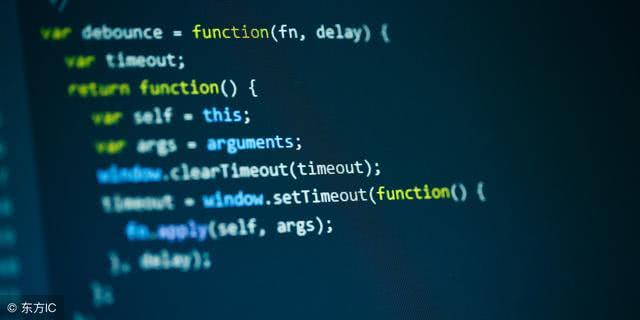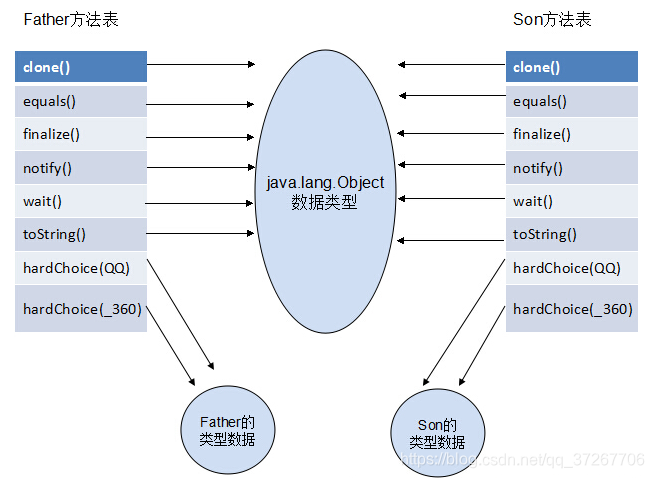上一篇
Java代码如何快速定位?
- 后端开发
- 2025-06-06
- 3210
在Java中查找代码可利用IDE的全局搜索功能(如IntelliJ的Ctrl+Shift+F)或命令行工具(如grep),支持按关键字、类名、方法名精准定位,也可结合正则表达式进行复杂匹配。
在Java中高效查找代码的全面指南
在Java开发中,高效查找数据是提升程序性能的关键技能,无论您正在处理小型数组还是海量数据集,掌握正确的查找技术将显著优化代码执行效率,本文将全面解析Java中的各种查找方法,助您成为更出色的开发者。
查找算法基础原理
顺序查找(线性查找)
顺序查找是最直观的查找方式,适合未排序的小型数据集:
public static int linearSearch(int[] array, int target) {
for (int i = 0; i < array.length; i++) {
if (array[i] == target) {
return i; // 返回元素索引
}
}
return -1; // 未找到
}
// 示例用法
int[] numbers = {4, 2, 7, 1, 9};
int index = linearSearch(numbers, 7); // 返回2
时间复杂度:
- 最优情况:O(1)(目标在首位)
- 平均情况:O(n)
- 最差情况:O(n)(目标在末尾或不存在)
二分查找(折半查找)
二分查找针对已排序数据集,效率远超顺序查找:
public static int binarySearch(int[] array, int target) {
int low = 0;
int high = array.length - 1;
while (low <= high) {
int mid = low + (high - low) / 2;
if (array[mid] == target) {
return mid;
} else if (array[mid] < target) {
low = mid + 1;
} else {
high = mid - 1;
}
}
return -1;
}
// 示例用法
int[] sortedNumbers = {1, 3, 5, 7, 9, 11};
int position = binarySearch(sortedNumbers, 9); // 返回4
时间复杂度:
- O(log n) – 每次比较使搜索范围减半
Java集合框架中的高效查找
Arrays类的二分查找
Java标准库为数组提供了优化的二分查找:
import java.util.Arrays;
int[] data = {10, 20, 30, 40, 50};
int index = Arrays.binarySearch(data, 30); // 返回2
Collections类的二分查找
对List集合进行二分查找:
import java.util.Collections; import java.util.ArrayList; import java.util.List; List<Integer> numbers = new ArrayList<>(); Collections.addAll(numbers, 5, 8, 12, 17, 23); int pos = Collections.binarySearch(numbers, 17); // 返回3
Map接口的高效查找
HashMap实现O(1)时间复杂度的查找:
Map<String, Integer> employeeIds = new HashMap<>();
employeeIds.put("John", 1001);
employeeIds.put("Sarah", 1002);
employeeIds.put("Mike", 1003);
int id = employeeIds.get("Sarah"); // 返回1002
Set集合的存在性检查
HashSet提供接近O(1)的查找性能:
Set<String> countrySet = new HashSet<>();
countrySet.add("China");
countrySet.add("USA");
countrySet.add("Japan");
boolean exists = countrySet.contains("China"); // 返回true
Java 8+的高级查找技术
Stream API查找
利用函数式编程进行复杂查询:
List<Product> products = Arrays.asList(
new Product("Laptop", 1200),
new Product("Phone", 800),
new Product("Tablet", 600)
);
// 查找第一个价格超过1000的产品
Optional<Product> expensiveProduct = products.stream()
.filter(p -> p.getPrice() > 1000)
.findFirst();
// 查找任意匹配平板设备的产品
Optional<Product> tablet = products.stream()
.filter(p -> p.getName().equals("Tablet"))
.findAny();
并行流加速查找
对大数据集使用并行处理:
List<Integer> bigData = // 包含数百万元素的列表
Optional<Integer> result = bigData.parallelStream()
.filter(n -> n > 500000)
.findAny();
树结构的高级查找方法
二叉搜索树实现
创建优化的二叉树结构:
class Node {
int key;
Node left, right;
public Node(int item) {
key = item;
left = right = null;
}
}
class BinarySearchTree {
Node root;
Node search(Node node, int key) {
if (node == null || node.key == key)
return node;
if (key < node.key)
return search(node.left, key);
return search(node.right, key);
}
// 插入方法等其他实现...
}
算法选择与性能优化指南
| 查找方法 | 适用场景 | 时间复杂度 | 空间复杂度 |
|---|---|---|---|
| 顺序查找 | 小型未排序数据 | O(n) | O(1) |
| 二分查找 | 已排序数组/列表 | O(log n) | O(1) |
| 哈希查找 | 键值对数据 | O(1) | O(n) |
| 树查找 | 动态数据集 | O(log n) | O(n) |
| Stream API | 复杂条件查询 | O(n) | O(1) |
最佳实践建议:
- 对静态数据集预先排序并使用二分查找
- 高频查找使用HashMap/HashSet
- 动态数据集选择TreeMap或二叉搜索树
- 大型数据集考虑并行流处理
- 优先使用Java内置方法(如Arrays.binarySearch())
调试与错误处理技巧
常见错误解决方案
// 1. 非排序数组使用二分查找
// 错误:Arrays.binarySearch(unsortedArray, key);
// 正确:
Arrays.sort(unsortedArray);
int index = Arrays.binarySearch(unsortedArray, key);
// 2. 处理null值
Map<String, Integer> map = new HashMap<>();
// 错误:int value = map.get("missingKey"); // 抛出NullPointerException
// 正确:
Integer value = map.get("missingKey");
if (value != null) {
// 处理存在的键
}
// 3. Stream API的空结果处理
Optional<String> result = stream.findFirst();
// 错误:String val = result.get(); // NoSuchElementException
// 正确:
result.ifPresentOrElse(
val -> System.out.println("Found: " + val),
() -> System.out.println("Not found")
);
Java提供了从基本算法到高级框架的丰富查找技术,掌握这些方法的关键在于:
- 深入理解各种数据结构的特性
- 根据数据集特征选择最优算法
- 充分利用Java集合框架和Stream API
- 对大型数据集考虑并行处理
高效的查找策略能提升程序性能数倍甚至数百倍,建议在实际项目中尝试不同方法,通过性能测试确定最佳方案,随着Java语言发展,持续关注新的查找优化技术将使您的代码始终保持竞争力。
引用说明: 参考Oracle官方Java文档、Joshua Bloch所著《Effective Java》第三版、Robert Sedgewick所著《Algorithms》第四版以及Java Collections Framework设计规范,算法复杂度分析依据《算法导论》(Thomas H. Cormen等著)中的标准分析方法。




